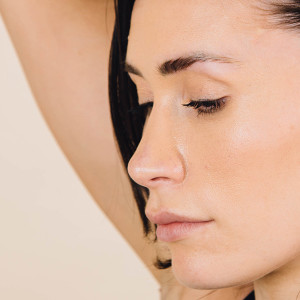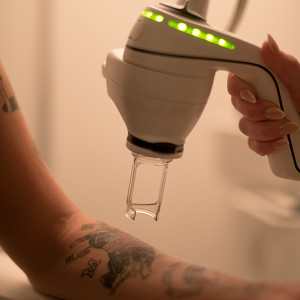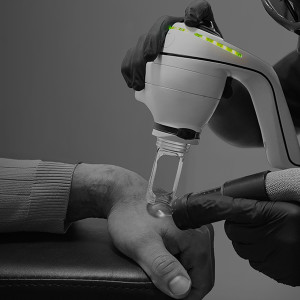An interview with Assistant Professor John Swierk
When our experts assess how long it will take to remove a new tattoo, one of the first things they look at is the type of ink pigment used, its colour, and depth.
Unlike the clean, polished, hygienic world of laser tattoo removal, when it comes to tattoo ink things get a little murky.
Regulations are only just coming in to ensure safety, and it has even fallen on brands such as Heinz ketchup to draw attention to the issue through a marketing campaign that produced safe red ink.
John Swierk, assistant professor at Binghamton University, has studied the composition of tattoo inks and created a website spreading the word on safe inks.
He spoke to NAAMA about his research.
Publish Date in article
"We have seen a fair number of cases where there is a discrepancy between what's supposed to be in the bottle and what is actually in the bottle. That may be a cause for concern."
NAAMA: Your research into tattoo inks has been shared in the mainstream media accompanied by rather alarming headlines. The Daily Mail ran with: “Tattoo ink can contain cancer-causing chemicals that mutate in sunlight or are so small they can get into cells, experts warn.” Is this reaction warranted?
It's definitely hyperbolic.
There's a lot that we don't know about tattoos. And with some of the components of inks, there are certainly good reasons to be concerned. For instance, there are some questions about their carcinogenicity – that is, their cancer-causing ability.
These pigments are being banned by the EU for exactly that reason, right, that there is some concern about whether they might cause cancer.
Beyond that, we know that particles that are too small - that are nano-sized - can cause problems.
NAAMA: Part of the difficulty when choosing tattoo inks is that the label doesn’t always reflect the contents.
Yeah, that's absolutely true. And we are working on exactly that. We have seen a fair number of cases where there is a discrepancy between what's supposed to be in the bottle and what is actually in the bottle. That may be a cause for concern.
NAAMA: And so you set up the website [whatsinmyink.com]
Yes, it will be a resource, ideally, for folks to get a sense of what's in the inks.
But there were things that we didn't think about until after we had gotten going with the website.
If we put up our own research data on the website before we publish it, we can't publish it. And that's a particular concern because we can't put it through peer review. But once we're able to publish our own data that will go up there.
Labelling laws are changing, at least in the US. So, there's a chance that a website like whatsinmyink.com might not be needed in a couple of years - but we're not there yet.
Publish Date in article
STILL FROM HEINZ'S NEW RED INK VIDEO
"One of the things that people don't think about a lot is that the pigments that are used in tattoos historically were just the pigments that were available to artists."
NAAMA: The tomato sauce giant Heinz recently collaborated on their own skin-safe red ink, what are your thoughts on the safety of different coloured tattoo inks?
One of the things that people don't think about a lot is that the pigments that are used in tattoos historically were just the pigments that were available to artists.
50-60 years ago, they weren't necessarily chosen because they were specifically ideal for this purpose.
Over time, certain pigments have been found to work better than other pigments. But there wasn't any rational design into pigments, design that led us to where we are today.
So, there's a tonne of space to reimagine what a tattoo pigment is, how it works, and what you can improve.
NAAMA: Is it true that you feel that the science that underpins what happens when we get a tattoo is vague?
The problem is that our understanding of tattoos is a little more limited than I think it should be. We don't understand the biology as well as we might like to. But I think as we learn more, and the market and governmental forces push the world towards changing, then there's a tonne of opportunity to reimagine the palette of pigments that are used in tattoos.










